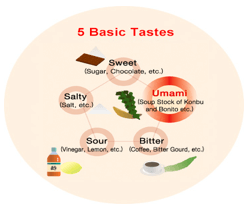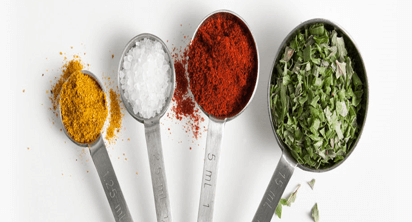5 Checklist To Evaluate Seasoned Nuts Products Of A Food Co packer
Right Co-packers should have the basic samples ready to work on product deals .
A contract manufacturer should follow the high quality of products which will increase the viability of no. of business deals
Checklists to select right seasoned?
- Type of coating
- Type of nuts and dry fruits used
- UMAMI sensation
- Natural flavor used
- Seasoning designs
1. Type of coating
- Coating in the food industry is the application of a layer of liquids or solids onto a product. The operation essentially relies on mechanical energy. It consists mostly in setting the product particles in motion and simultaneously applying the coating ingredient in a certain pattern to expose one to the other. It involves such phenomena as adhesion, friction, viscosity, surface tension and crystallisation
- Coatings can be added for the enhancement of organoleptic properties of a food product. Appearance and palatability can be improved by adding color (white dragee, brown chocolate), changing the surface aspect (glazed sweets or rough, crispy nuggets); changing or adding tastes (sweet dragee, salted snack) or flavours (fruit-glazed sweet goods), or texture (breaded crispy nuggets).
2. Type of nuts and dry fruits used
- Dried fruit is fruit from which the majority of the original water content has been removed either naturally, through sun drying, or through the use of specialized dryers or dehydrators.
- Today, dried fruit consumption is widespread. Nearly half of the dried fruits sold are raisins, followed by dates, prunes, figs, apricots, peaches, applesand pears.[1] These are referred to as “conventional” or “traditional” dried fruits: fruits that have been dried in the sun or in heated wind tunnel dryers. Many fruits such as cranberries, blueberries, cherries, strawberries and mango are infused with a sweetener (e.g. sucrose syrup) prior to drying. Some products sold as dried fruit, like papaya, kiwi fruit and pineapple are most often candied fruit.
3. UMAMI sensation
- Umami or savory taste is one of the five basic tastes (together with sweetness, sourness, bitterness, and saltiness). It has been described as savory and is characteristic of broths and cooked meats.
- Generally, umami taste is common to foods that contain high levels of L-glutamate, IMP and GMP, most notably in fish, shellfish, cured meats, meat extracts,mushrooms, vegetables (e.g., ripe tomatoes, Chinese cabbage, spinach, celery, etc.) or green tea, hydrolysed vegetable protein, and fermented and aged products

“Proper ingredients helps to create the actual seasoned products, class of products also varies the quality of the finished goods”

Basic seasoning items
Common cooking herbs include basil, oregano, marjoram, parsley, rosemary,thyme and dill. Common culinary spices include cinnamon, paprika (another pepper), tumeric, ginger, saffron and cumin.

4. Natural flavor used
- The term natural flavor or natural flavoring means the essential oil, oleoresin, essence or extractive, protein hydrolysate, distillate, or any product of roasting, heating or enzymolysis, which contains the flavoring constituents derived from a spice, fruit or fruit juice, vegetable or vegetable juice, edible yeast
5. Seasoning designs
- The seasoning designs on food products plays an important role to realize its customer the distinguishable characters on the food products.
- It rather increases the temptation to consume the products.
For Fixing One to One Consultation!

